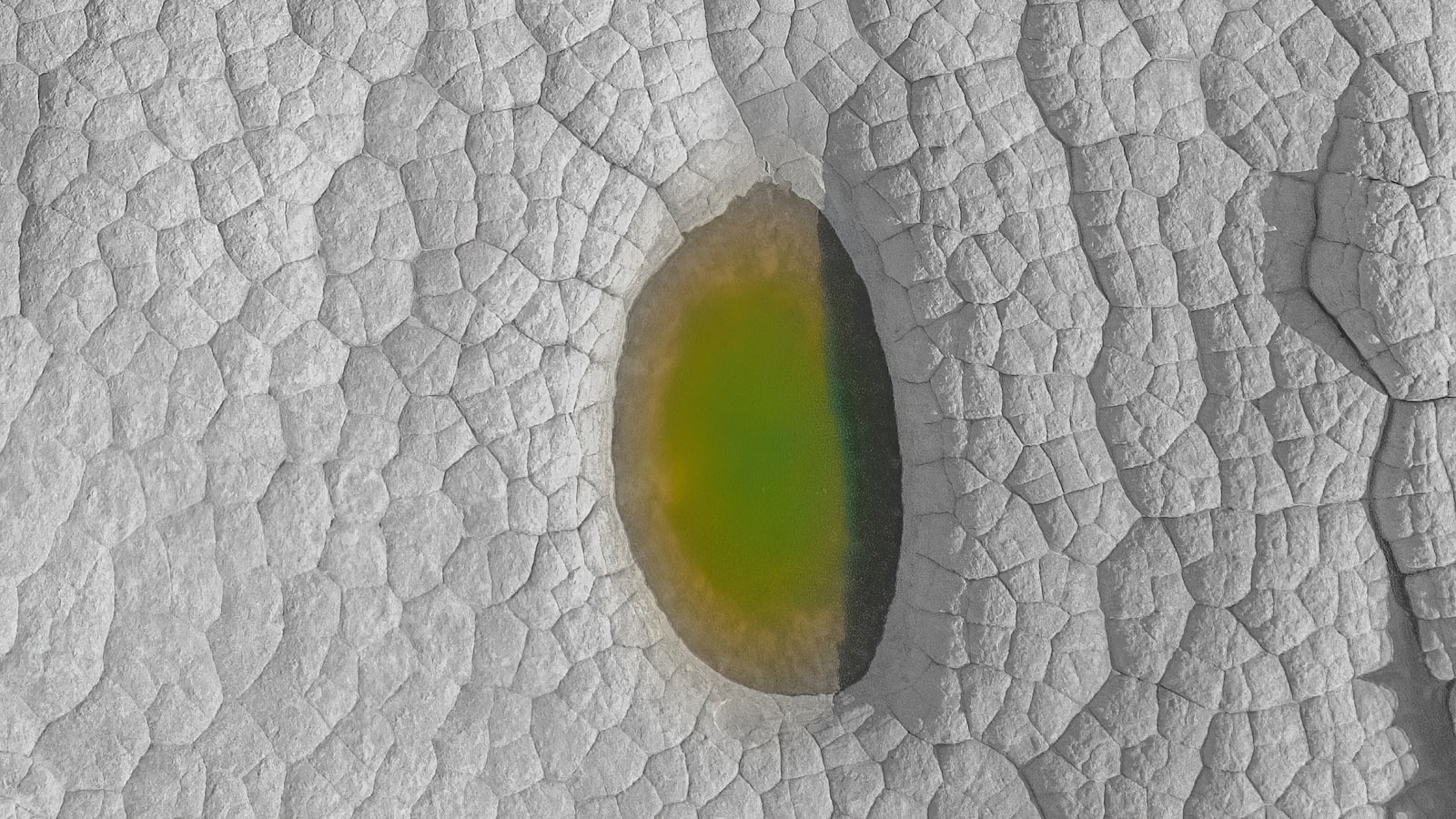- SpringRedisGenericCache key-val 结构数据存储,支持key过期时间控制。
- SpringRedisCache hash结构数据存储。
以SpringRedisGenericCache中setBytes方法为例分析RedisTemplate操作redis原理。
1
2
3
4
5
6
7
8
9
10
11
12
13
| @Override
public void setBytes(String key, byte[] bytes, long timeToLiveInSeconds) {
if (timeToLiveInSeconds <= 0) {
log.debug(String.format("Invalid timeToLiveInSeconds value : %d , skipped it.", timeToLiveInSeconds));
setBytes(key, bytes);
} else {
redisTemplate.execute((RedisCallback<List<byte[]>>) redis -> {
redis.setEx(_key(key), (int) timeToLiveInSeconds, bytes);
return null;
});
}
}
|
从源码中可以看到,RedisTemplate的execute方法入参为RedisCallback回调接口,主要用户获取到RedisConnection之后,再执行操作redis的底层代码。RedisTemplate的这种设计,将redis连接的获取与释放对使用者隐藏,redis的具体操作对使用者开放。
1
2
3
4
5
6
7
8
9
10
11
12
13
14
15
16
17
18
19
20
21
22
23
24
25
26
27
28
29
30
31
32
33
34
35
36
37
38
39
40
41
42
43
44
|
@Override
@Nullable
public <T> T execute(RedisCallback<T> action) {
return execute(action, isExposeConnection());
}
@Nullable
public <T> T execute(RedisCallback<T> action, boolean exposeConnection, boolean pipeline) {
Assert.isTrue(initialized, "template not initialized; call afterPropertiesSet() before using it");
Assert.notNull(action, "Callback object must not be null");
RedisConnectionFactory factory = getRequiredConnectionFactory();
RedisConnection conn = RedisConnectionUtils.getConnection(factory, enableTransactionSupport);
try {
boolean existingConnection = TransactionSynchronizationManager.hasResource(factory);
RedisConnection connToUse = preProcessConnection(conn, existingConnection);
boolean pipelineStatus = connToUse.isPipelined();
if (pipeline && !pipelineStatus) {
connToUse.openPipeline();
}
RedisConnection connToExpose = (exposeConnection ? connToUse : createRedisConnectionProxy(connToUse));
T result = action.doInRedis(connToExpose);
if (pipeline && !pipelineStatus) {
connToUse.closePipeline();
}
return postProcessResult(result, connToUse, existingConnection);
} finally {
RedisConnectionUtils.releaseConnection(conn, factory, enableTransactionSupport);
}
}
|
使用模板设计模式与回调机制实现了操作redis的整个流程:
- 获取RedisConnectionFactory,测试时,这里为LettuceConnectionFactory
- 获取RedisConnection,底层就是LettuceConnectionFactory.getConnection()
- 回调方法,具体的redis方法由使用者控制,这里将RedisConnection通过参数传给使用者
- 释放RedisConnection
2.1、获取RedisConnection
2.1.1、Spring提供的redis连接工厂
RedisConnectionFactory–> ExceptionTranslatingConnectionProvider–>LettucePoolingConnectionProvider–>StandaloneConnectionProvider
1
2
3
4
5
6
7
8
9
10
11
12
13
14
15
16
17
18
19
20
21
22
23
24
25
26
27
28
29
30
31
32
33
34
35
36
37
38
39
40
41
42
43
44
45
46
47
48
49
50
51
52
53
54
55
56
57
58
59
60
61
|
private StatefulConnection<E, E> getNativeConnection() {
return connectionProvider.getConnection(StatefulConnection.class);
}
@Override
public <T extends StatefulConnection<?, ?>> T getConnection(Class<T> connectionType) {
try {
return delegate.getConnection(connectionType);
} catch (RuntimeException e) {
throw translateException(e);
}
}
private final Map<Class<?>, GenericObjectPool<StatefulConnection<?, ?>>> pools = new ConcurrentHashMap<>(32);
private final Map<StatefulConnection<?, ?>, GenericObjectPool<StatefulConnection<?, ?>>> poolRef = new ConcurrentHashMap<>(32);
@Override
public <T extends StatefulConnection<?, ?>> T getConnection(Class<T> connectionType) {
GenericObjectPool<StatefulConnection<?, ?>> pool = pools.computeIfAbsent(connectionType, poolType -> {
return ConnectionPoolSupport.createGenericObjectPool(() -> connectionProvider.getConnection(connectionType),
poolConfig, false);
});
try {
StatefulConnection<?, ?> connection = pool.borrowObject();
poolRef.put(connection, pool);
return connectionType.cast(connection);
} catch (Exception e) {
throw new PoolException("Could not get a resource from the pool", e);
}
}
@Override
public <T extends StatefulConnection<?, ?>> CompletionStage<T> getConnectionAsync(Class<T> connectionType) {
return getConnectionAsync(connectionType, redisURISupplier.get());
}
@Override
public <T extends StatefulConnection<?, ?>> T getConnection(Class<T> connectionType) {
if (connectionType.equals(StatefulRedisSentinelConnection.class)) {
return connectionType.cast(client.connectSentinel());
}
if (connectionType.equals(StatefulRedisPubSubConnection.class)) {
return connectionType.cast(client.connectPubSub(codec));
}
if (StatefulConnection.class.isAssignableFrom(connectionType)) {
return connectionType.cast(readFrom.map(it -> this.masterReplicaConnection(redisURISupplier.get(), it))
.orElseGet(() -> client.connect(codec)));
}
throw new UnsupportedOperationException("Connection type " + connectionType + " not supported!");
}
|
2.1.2、Lettuce创建连接
阅读创建Redis连接的代码有以下几个难点:
- CompletableFuture的使用
- Lettuce的EventRecorder
- Reactor的Mono使用
- Netty的使用
2.1.2.1、入口connect
1
2
3
4
5
6
| public <K, V> StatefulRedisConnection<K, V> connect(RedisCodec<K, V> codec, RedisURI redisURI) {
assertNotNull(redisURI);
return getConnection(connectStandaloneAsync(codec, redisURI, redisURI.getTimeout()));
}
|
依次通过connectStandaloneAsync->connectStatefulAsync->initializeChannelAsync->initializeChannelAsync0等方法找到Netty连接Redis源码。
2.1.2.2、connectStandaloneAsync
主要创建StatefulRedisConnectionImpl对象,StatefulRedisConnectionImpl对外提供RedisCommand对象,内部基于writer发送命令。
1
2
3
4
5
6
7
8
9
10
11
12
13
14
15
16
17
18
19
20
21
22
23
24
25
26
27
28
29
30
31
32
33
34
35
36
37
38
39
40
41
42
43
44
45
| private <K, V> ConnectionFuture<StatefulRedisConnection<K, V>> connectStandaloneAsync(RedisCodec<K, V> codec,
RedisURI redisURI, Duration timeout) {
assertNotNull(codec);
checkValidRedisURI(redisURI);
logger.debug("Trying to get a Redis connection for: {}", redisURI);
DefaultEndpoint endpoint = new DefaultEndpoint(getOptions(), getResources());
RedisChannelWriter writer = endpoint;
if (CommandExpiryWriter.isSupported(getOptions())) {
writer = new CommandExpiryWriter(writer, getOptions(), getResources());
}
if (CommandListenerWriter.isSupported(getCommandListeners())) {
writer = new CommandListenerWriter(writer, getCommandListeners());
}
StatefulRedisConnectionImpl<K, V> connection = newStatefulRedisConnection(writer, endpoint, codec, timeout);
ConnectionFuture<StatefulRedisConnection<K, V>> future = connectStatefulAsync(connection, endpoint, redisURI,
() -> new CommandHandler(getOptions(), getResources(), endpoint));
future.whenComplete((channelHandler, throwable) -> {
if (throwable != null) {
connection.closeAsync();
}
});
return future;
}
|
2.1.2.3、connectStatefulAsync
构建ConnectionBuilder,通过ConnectionBuilder来创建connection。
1
2
3
4
5
6
7
8
9
10
11
12
13
14
15
16
17
18
19
20
21
22
23
24
25
26
27
28
29
30
31
32
33
34
35
36
37
| @SuppressWarnings("unchecked")
private <K, V, S> ConnectionFuture<S> connectStatefulAsync(StatefulRedisConnectionImpl<K, V> connection, Endpoint endpoint,
RedisURI redisURI, Supplier<CommandHandler> commandHandlerSupplier) {
ConnectionBuilder connectionBuilder;
if (redisURI.isSsl()) {
SslConnectionBuilder sslConnectionBuilder = SslConnectionBuilder.sslConnectionBuilder();
sslConnectionBuilder.ssl(redisURI);
connectionBuilder = sslConnectionBuilder;
} else {
connectionBuilder = ConnectionBuilder.connectionBuilder();
}
ConnectionState state = connection.getConnectionState();
state.apply(redisURI);
state.setDb(redisURI.getDatabase());
connectionBuilder.connection(connection);
connectionBuilder.clientOptions(getOptions());
connectionBuilder.clientResources(getResources());
connectionBuilder.commandHandler(commandHandlerSupplier).endpoint(endpoint);
connectionBuilder(getSocketAddressSupplier(redisURI), connectionBuilder, connection.getConnectionEvents(), redisURI);
connectionBuilder.connectionInitializer(createHandshake(state));
ConnectionFuture<RedisChannelHandler<K, V>> future = initializeChannelAsync(connectionBuilder);
return future.thenApply(channelHandler -> (S) connection);
}
|
getSocketAddressSupplier方法中,通过Mono.defer懒汉方式创建 Mono对象。
1
2
3
4
5
6
7
8
9
10
11
12
13
14
15
16
17
18
| private Mono<SocketAddress> getSocketAddressSupplier(RedisURI redisURI) {
return getSocketAddress(redisURI).doOnNext(addr -> logger.debug("Resolved SocketAddress {} using {}", addr, redisURI));
}
protected Mono<SocketAddress> getSocketAddress(RedisURI redisURI) {
return Mono.defer(() -> {
if (redisURI.getSentinelMasterId() != null && !redisURI.getSentinels().isEmpty()) {
logger.debug("Connecting to Redis using Sentinels {}, MasterId {}", redisURI.getSentinels(),
redisURI.getSentinelMasterId());
return lookupRedis(redisURI).switchIfEmpty(Mono.error(new RedisConnectionException(
"Cannot provide redisAddress using sentinel for masterId " + redisURI.getSentinelMasterId())));
} else {
return Mono.fromCallable(() -> getResources().socketAddressResolver().resolve((redisURI)));
}
});
}
|
connectionBuilder方法中创建了Netty客户端的Bootstrap对象,并配置Netty的各种参数。
1
2
3
4
5
6
7
8
9
10
11
12
13
14
15
16
17
| protected void connectionBuilder(Mono<SocketAddress> socketAddressSupplier, ConnectionBuilder connectionBuilder,
ConnectionEvents connectionEvents, RedisURI redisURI) {
Bootstrap redisBootstrap = new Bootstrap();
redisBootstrap.option(ChannelOption.ALLOCATOR, ByteBufAllocator.DEFAULT);
connectionBuilder.bootstrap(redisBootstrap);
connectionBuilder.apply(redisURI);
connectionBuilder.configureBootstrap(!LettuceStrings.isEmpty(redisURI.getSocket()), this::getEventLoopGroup);
connectionBuilder.channelGroup(channels).connectionEvents(connectionEvents == this.connectionEvents ? connectionEvents
: ConnectionEvents.of(this.connectionEvents, connectionEvents));
connectionBuilder.socketAddressSupplier(socketAddressSupplier);
}
|
2.1.2.4、initializeChannelAsync
SocketAddress及Channel对象的异步处理,最终调用真正获取物理连接的方法initializeChannelAsync0
1
2
3
4
5
6
7
8
9
10
11
12
13
14
15
16
17
18
19
20
21
22
23
24
25
26
27
28
29
30
31
32
33
34
35
36
37
38
39
40
41
42
43
44
45
46
47
48
49
50
51
| protected <K, V, T extends RedisChannelHandler<K, V>> ConnectionFuture<T> initializeChannelAsync(
ConnectionBuilder connectionBuilder) {
Mono<SocketAddress> socketAddressSupplier = connectionBuilder.socketAddress();
if (clientResources.eventExecutorGroup().isShuttingDown()) {
throw new IllegalStateException("Cannot connect, Event executor group is terminated.");
}
CompletableFuture<SocketAddress> socketAddressFuture = new CompletableFuture<>();
CompletableFuture<Channel> channelReadyFuture = new CompletableFuture<>();
String uriString = connectionBuilder.getRedisURI().toString();
EventRecorder.getInstance().record(
new ConnectionCreatedEvent(uriString, connectionBuilder.endpoint().getId()));
EventRecorder.RecordableEvent event = EventRecorder.getInstance()
.start(new ConnectEvent(uriString, connectionBuilder.endpoint().getId()));
channelReadyFuture.whenComplete((channel, throwable) -> {
event.record();
});
socketAddressSupplier
.doOnError(socketAddressFuture::completeExceptionally)
.doOnNext(socketAddressFuture::complete)
.subscribe(redisAddress -> {
if (channelReadyFuture.isCancelled()) {
return;
}
initializeChannelAsync0(connectionBuilder, channelReadyFuture, redisAddress);
}, channelReadyFuture::completeExceptionally);
return new DefaultConnectionFuture<>(socketAddressFuture, channelReadyFuture.thenApply(channel -> (T) connectionBuilder.connection()));
}
|
2.1.2.5、initializeChannelAsync0
操作Netty创建连接,大量使用了CompletableFuture等异步编程方式,代码看着比较吃力。
1
2
3
4
5
6
7
8
9
10
11
12
13
14
15
16
17
18
19
20
21
22
23
24
25
26
27
28
29
30
31
32
33
34
35
36
37
38
39
40
41
42
43
44
45
46
47
48
49
50
51
52
53
54
55
56
57
58
59
60
61
62
63
64
65
66
| private void initializeChannelAsync0(ConnectionBuilder connectionBuilder, CompletableFuture<Channel> channelReadyFuture,
SocketAddress redisAddress) {
logger.debug("Connecting to Redis at {}", redisAddress);
Bootstrap redisBootstrap = connectionBuilder.bootstrap();
ChannelInitializer<Channel> initializer = connectionBuilder.build(redisAddress);
redisBootstrap.handler(initializer);
clientResources.nettyCustomizer().afterBootstrapInitialized(redisBootstrap);
ChannelFuture connectFuture = redisBootstrap.connect(redisAddress);
channelReadyFuture.whenComplete((c, t) -> {
if (t instanceof CancellationException) {
connectFuture.cancel(true);
}
});
connectFuture.addListener(future -> {
if (!future.isSuccess()) {
logger.debug("Connecting to Redis at {}: {}", redisAddress, future.cause());
connectionBuilder.endpoint().initialState();
channelReadyFuture.completeExceptionally(future.cause());
return;
}
RedisHandshakeHandler handshakeHandler = connectFuture.channel().pipeline().get(RedisHandshakeHandler.class);
if (handshakeHandler == null) {
channelReadyFuture.completeExceptionally(new IllegalStateException("RedisHandshakeHandler not registered"));
return;
}
handshakeHandler.channelInitialized().whenComplete((success, throwable) -> {
if (throwable == null) {
logger.debug("Connecting to Redis at {}: Success", redisAddress);
RedisChannelHandler<?, ?> connection = connectionBuilder.connection();
connection.registerCloseables(closeableResources, connection);
channelReadyFuture.complete(connectFuture.channel());
return;
}
logger.debug("Connecting to Redis at {}, initialization: {}", redisAddress, throwable);
connectionBuilder.endpoint().initialState();
channelReadyFuture.completeExceptionally(throwable);
});
});
}
|










